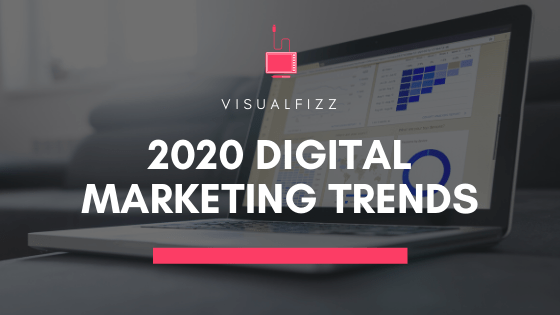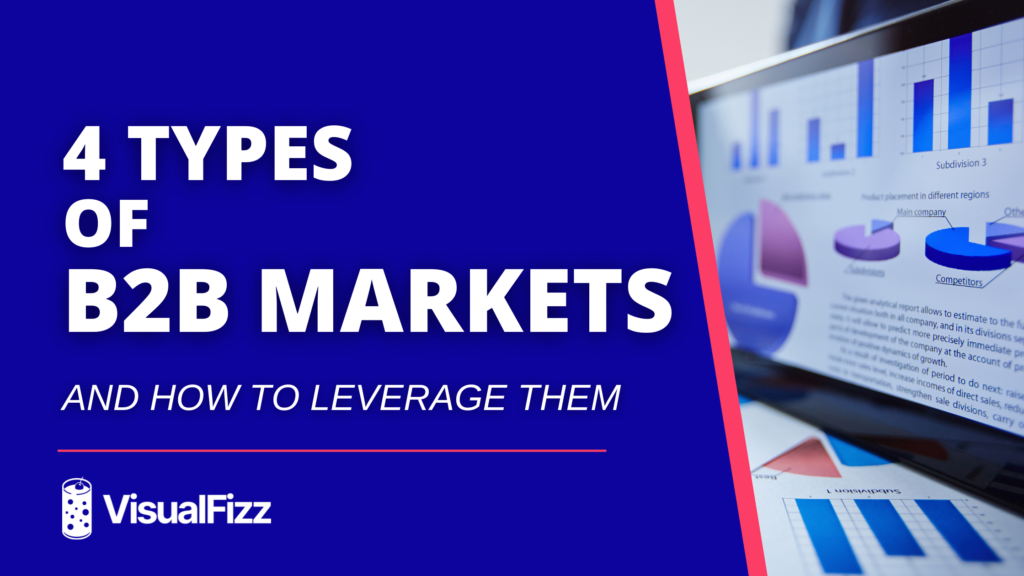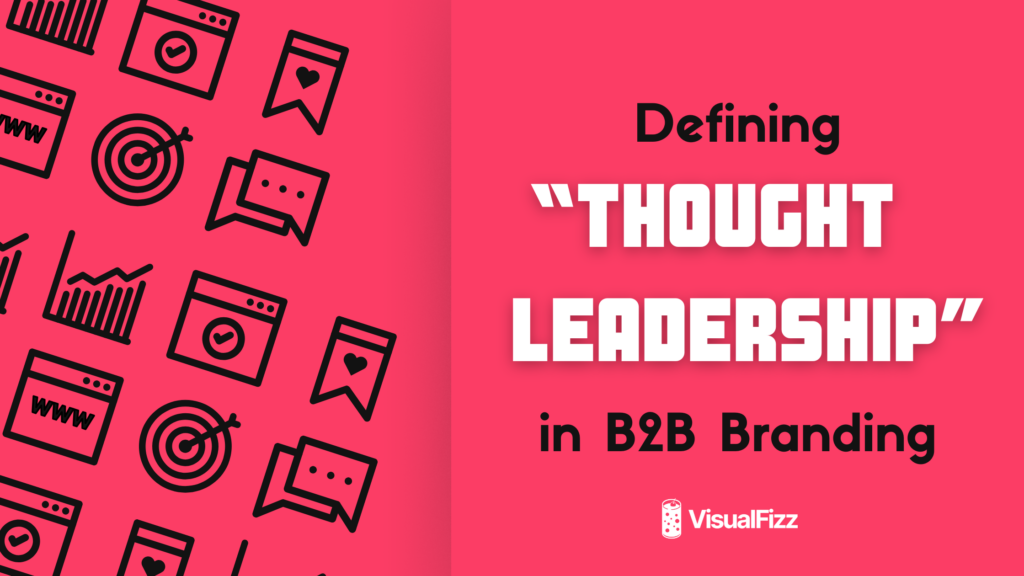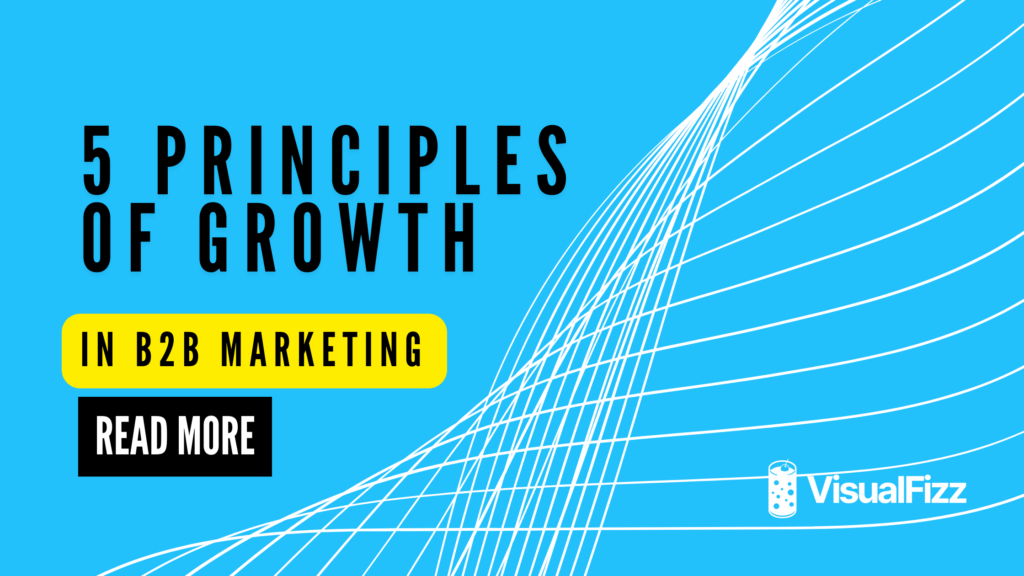
Like it or not, 2019 has nearly come and gone and 2020 will be here before you know it. Whether you’re looking to do something a little differently next year, or you’re looking ahead to see what’s coming next, it is crucial to stay up-to-date on the latest digital marketing trends. Before we look ahead to 2020, it’s important to understand the current state of 2019’s digital marketing trends in order to better read and understand how this data can be manipulated and used to cultivate successful marketing strategies in the new year.
According to the Kenshoo 2019 Q3 Quarterly Trends Report, digital advertising has surpassed offline advertising and maintained steady growth from quarter to quarter and year, meaning there is a bright future for digital advertising in 2020. Highlights from 2019 thus far include a 7% year-over-year increase in the advertiser investment, as well as 32% year-over-year growth in social advertising.
To no one’s surprise, eCommerce Channel Advertising is also on the rise, at 54% since this time last year, and as consumers continue to favor their mobile phones when making purchases, it’s reassuring to see that despite the increased spending on the digital marketplace overall, CMP’s have remained steady. As we continue to see upward growth in these and other major areas of digital marketing, we look closer to see how these results can be used to your advantage in the upcoming year. Here are some of our predictions for 2020 digital marketing trends most likely to sweep the industry by storm.
First: Start with Customer Data Analytics
As data-gathering techniques continue to be refined and fine-tuned, it is clear that Customer Analytics has played a major role in 2019 and will continue to do so in digital marketing for the foreseeable future.
Considering that “intensive users of customer analytics are 23 times more likely to clearly outperform their competitors in terms of new customer acquisition than non-intensive users, and nine times more likely to surpass them in customer loyalty,” as reported by Mckinsey & Company, it’s crystal clear that analyzing a consumer’s spending habits is definitely worth the time and money invested in the research. There are several key metrics for measuring a consumer’s interest in and interaction with various products, but “of those forecasted to hit the mainstream within the next 2 to 5 years, the three most significant for marketers to consider are personification, real-time and conversational marketing.” As you can see in the graph below, conversational marketing, artificial intelligence for marketing, and real-time marketing are top 3 in the Gartner Hype Cycle for Digital Marketing and Advertising in 2019, and are projected to remain so for the foreseeable future- and definitely in 2019.
Next: Use Those Analytics in Intuitive Marketing
Let’s talk “Conversational Marketing” for a second. What is it, exactly? “Conversational marketing or conversation marketing is a feedback-oriented approach to marketing used by companies to drive engagement, develop customer loyalty, grow the customer base, and.. is based on the common-sense idea of listening to your customer and potential customer’s needs,” as defined by NG Data. A solid working definition definitely helps, but it’s important to understand what this looks like in action in your company.
Intuitive Marketing tactics include tailoring the copy, or “script” in any voice, text, or email conversation with consumers. By carefully selecting the right language or tone for your correspondence, consumer response is more focused on your message and branding. “For example, using Persado Natural Language Generation to run an experiment, Air Canada sparked a higher response using Anxiety language getting a 3% engagement lift, compared to a 5% drop using Exclusivity language.” This demonstrated effect is not only a measurable metric of engagement but can also be integrated with the call-to-action for an even greater CTR.
Then: Capture With Technologies Like AI
Marketing tactics that utilize artificial intelligence, like creating optimized content for voice search have already proven themselves successful in 2019 and a recent study commissioned by the Artefact UK agency demonstrates this principle, concluding “six out of ten smart speaker owners (60%) have used them to make a purchase in the past year. In fact, nearly a quarter (22%) said they have done so within the past week”.
It’s successful results like this one that are tangible examples of how seamless integration of smart data analysis and technology will continue to be a driving force behind digital marketing trends in 2020.
Another great example is eBays eCommerce chatbot, which is one of the most technologically advanced digital marketing tools currently in use. Because it’s built for Google Assistant, it is seamlessly integrated into your Google Home or Android device- eliminated steps between purchases, making the consumer’s purchasing experience as efficient and streamlined as possible, positively impacting their likelihood to complete the purchase. This tool can also track consumer shopping habits, mining invaluable data regarding consumer purchasing decisions.
Finally: Tie It in Non-Digital, Offline Experiences
Innovative thinking drives progress and steers growth in all directions, and there is no limit to what creatively can do to create long-lasting successful campaigns for any business. With such a bombardment of digital marketing tactics across social media platforms, Google and other search engines, and aggregate content websites, one digital marketing trend that has gained momentum in 2019 and is of note to watch out for in 2020 are Offline Experiences.
Location-based advertising is the first example that comes to mind. Geotargeting campaigns marry physical locations with smart technology to “geofence locations to capture the audiences visiting their locations. Marketers create audiences based on real-world visits…for their geo-targeted campaigns. Using this method, marketers ensure they are reaching the right audience at the right time and delivering relevant messaging.”
But why does location-based marketing, which is a type of out of home advertising, work so well, and more importantly, why is it predicted to be a major digital marketing trend in 2020?
Well, “unlike a pop-up ad or spam email, Outdoor advertisements cannot be deleted or closed out…outdoor marketing penetrates the ad-blockers and recording devices consumers use today by seamlessly integrating a company’s brand and message into routine daily life.”
Other tactics, like mobile digital billboards, bring location-based advertising to life and allow businesses to reach targeted, captive audiences with multiple rotating ads promoting their products, making their branding more familiar to consumers and forging a psychological connection between the activity and product- like seeing a digital mobile ad for hot dogs outside of the ballpark. The applications and opportunity for creativity within this space ensures that offline experiences will only grow in popularity in the coming years.
Digital Marketing in 2020: A Year of Strategic Digital
Does your company have a Digital Transformation Program in place? If not in 2019, your company will definitely want to consider getting behind this digital marketing trend in 2020. To counter “a lack of focus on integrated strategy, testing, and optimization and structural issues like teams working in silos or a lack of skills in integrated communications,” many companies have recently been developing and integrating programs like these into their strategic marketing plans. In order for a company to clearly see where they’re headed, a detailed map must lay out the necessary strategies to “improve digital capabilities and skills, while at the same time, integrating ‘always-on’ digital marketing activities with brand and product marketing in the business.”
When looking to 2020 and beyond, some industry experts and professionals are predicting that the ultimate trend for digital marketing is for the proverbial bubble to burst- eventually, growth does stabilize to a certain degree. However, by paying close attention to the subtle fluctuations of digital marketing trends throughout the year, as well as taking a wider analysis of those same trends and comparing them year-to-year, and then implementing changes and incorporating advancements in AI, as well as a more focus on data analysis of consumer trends, and personalized marketing techniques, you’ll be ahead of the curve as we enter into the New Year and 2020 Q1. Remember to do your research to make the most out of the potential opportunities for your business’s digital marketing in the year ahead.
Ready to Kick Off 2020 with A Bang? Contact VisualFizz to get started.
Publishing Date:






